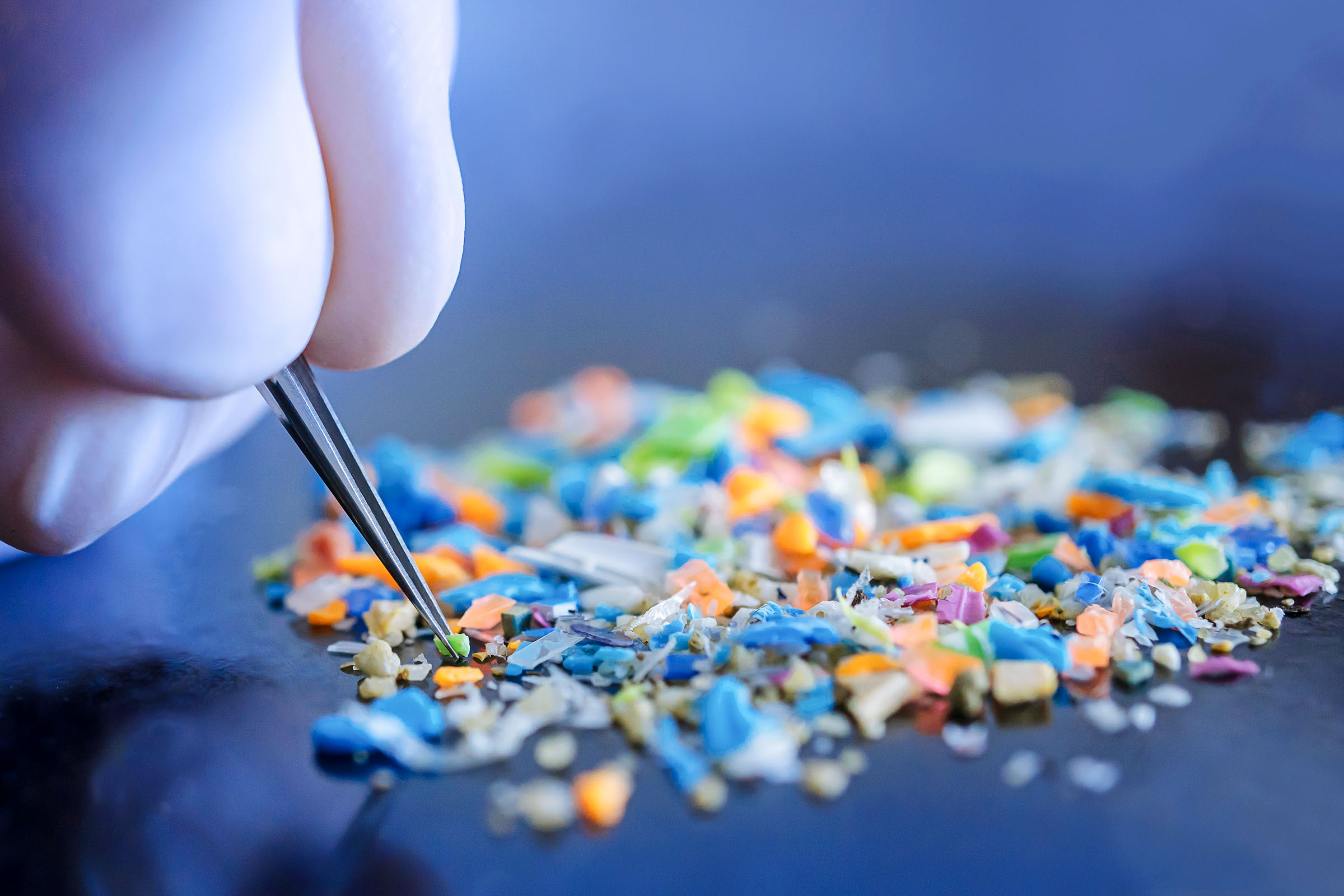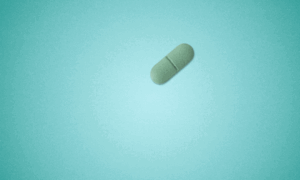Microplastics are making their way into human brains at higher levels than in other vital organs, according to new findings.
The study, published in Nature Medicine on Feb. 3, confirms that tiny plastic fragments are passing through the brain’s protective blood-brain barrier, potentially impacting health and cognitive function.
Researchers from the University of New Mexico (UNM) tested autopsy samples from 2016 and 2024. They found that over just eight years, the amount of microplastic fragments in the brain has increased by about 50 percent. Brain samples from 2024 contained microplastics equal in weight to a plastic spoon.
Brains affected by dementia showed significantly higher concentrations of these plastic particles.
Finding such high concentrations in the brain was unexpected and alarming, Matthew Campen, lead researcher and toxicologist, told The Epoch Times during a press conference.
“People are simply being exposed to ever-increasing levels of micro- and nanoplastics,” Campen said. The particles are so small, they’re roughly the width of two COVID viruses standing side by side, he noted.
The rate of accumulation “is simply mirroring the environmental buildup and exposure.” As plastic breaks down over time, it degrades and becomes small enough to enter the human body and brain.
Plastic Pollution in Organs
Brain tissue contained seven to 30 times more microplastics than other vital organs such as the livers or kidneys, making it one of the most plastic-polluted tissues yet examined.
Researchers tested 52 human brain samples from both 2016 and 2024, all taken from the frontal cortex—the part of the brain responsible for judgment, decision-making, and muscle movement.
In the brain, the microplastic concentration reached around 5,000 micrograms per gram—far higher than the liver and kidneys, which carried around 400 micrograms of plastics per gram.
The study also compared earlier brain samples from the eastern United States (1997–2013), which had lower microplastic levels, around 1,250 micrograms per gram. Their findings support a trend of gradual increases in plastic accumulation in the organs over time, with 2024 showing the highest levels.
To visualize the amount of microplastics in the brain, Campen held up a plastic spoon. Since the brain weighs around 1,400 grams (or three pounds), having 5,000 micrograms of plastic per gram would amount to more than 5 grams of plastic in total—roughly the weight of a plastic spoon.
In deceased people with dementia, levels reached much higher levels of more than 26,000 micrograms per gram. In the dementia samples, some particles were clumped together in areas with inflammation, raising concerns about a possible link between microplastics and brain tissue damage, according to the researchers.
However, while the study correlates microplastics to dementia, the study does not prove that higher plastic levels in the brain directly cause dementia symptoms.
It is also possible that the disease process itself may hinder the brain’s ability to clear out the accumulated plastics, Campen added.
Common Plastic Found in the Brain
Researchers found 12 types of plastic in the brain, with polyethylene (PE), commonly used in bottles, bags, and containers, making up 75 percent of the total. Other plastics included types commonly found in packaging, car parts, pipes, flooring, bottles, containers, fabrics, and other industrial products.
“It was notable that these are largely mirroring proportions of polymers that we do see in our environment,” Marcus Garcia, study co-author and postdoctoral researcher at UNM, told The Epoch Times during the press briefing.
The particles in the brain were mostly sharp nanoscale shards and flakes. These tiny particles are small enough to cross the blood-brain barrier, although Campen says it’s still unclear how exactly the particles enter the brain.
Researchers believe that micro- and nanoplastics may enter the body through eating, drinking, and breathing. These particles have been found in various parts of the body, including arteries, hearts, lungs, blood, and placentas. A study published on Jan. 30 found plastic pollution to be significantly higher in placentas from premature births.
One possible reason for the buildup, according to Garcia, is that organs such as the liver and kidneys are designed to filter toxins, while the brain has more limited clearance systems.
Another theory is that brain tissue, which is about 60 percent fat, may better “trap” plastic particles.
“If you’ve ever cleaned a Tupperware bowl that had bacon grease or butter in it, you know, it takes a lot of soap and hot water. It’s really hard to get the plastics and fats apart,” Campen said. He suggests that microplastics might be “hijacking” their way into the brain along with dietary fats being metabolized.
The finding also lends concerns to plastics being used in some medical applications, such as heart stents or artificial joints.
According to Campen, the physical properties of the plastic particles could be the main issue, rather than any chemical toxicity.
These plastics might obstruct blood flow in capillaries, he speculated. There is also the potential that they could interfere with the connections between brain cells. But “we just don’t know for sure.”
Bigger Picture
Despite the concerning rise in microplastics, Campen believes the data provide some optimism: The observation that plastic levels are similar in both older and younger people suggests that there may be natural processes at play to help manage or rid the body of them over time.
The researchers believe that many of these particles come from older “decades old, degraded plastics” that have been discarded and left to break down in the environment over the years, Campen said. This insight can help guide environmental policies that include older sources, rather than focusing solely on newer products.
Effective environmental policies aimed at reducing plastic pollution could help limit future exposure, Campen said. Microplastic pollution is increasing rapidly, with levels in the environment doubling every 10 to 15 years, he said, and adding that addressing the source of this pollution could help slow down this build up in our bodies.
Currently, no treatment exists to remove microplastics from the body. To help reduce exposure, Campen and his colleagues are investigating the sources of microplastics in the environment, including in soil, plants, and even meat.
“I don’t feel comfortable with this much plastic in my brain,” Campen said. “I don’t want to wait 30 more years to see what happens if the concentrations keep rising.”













